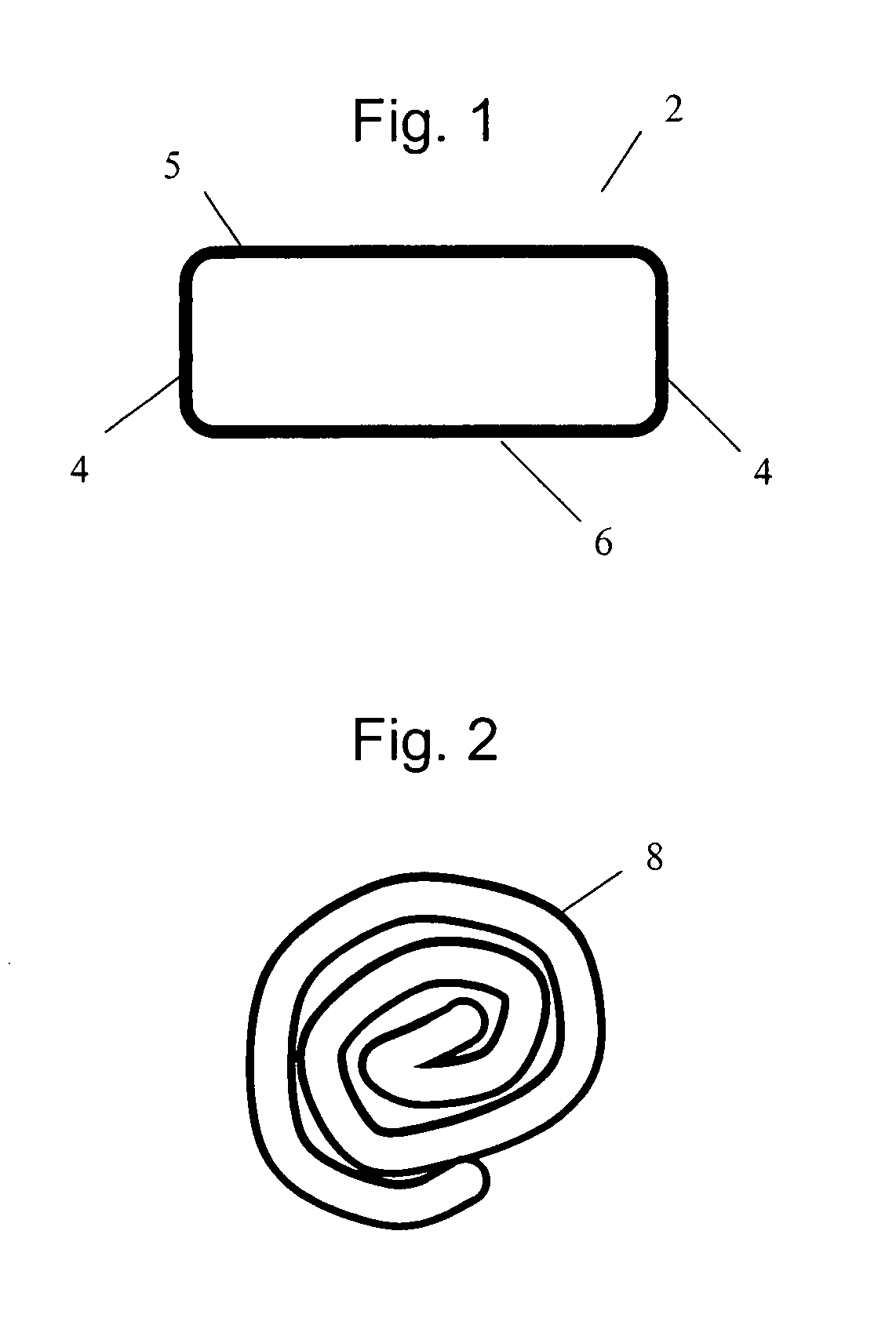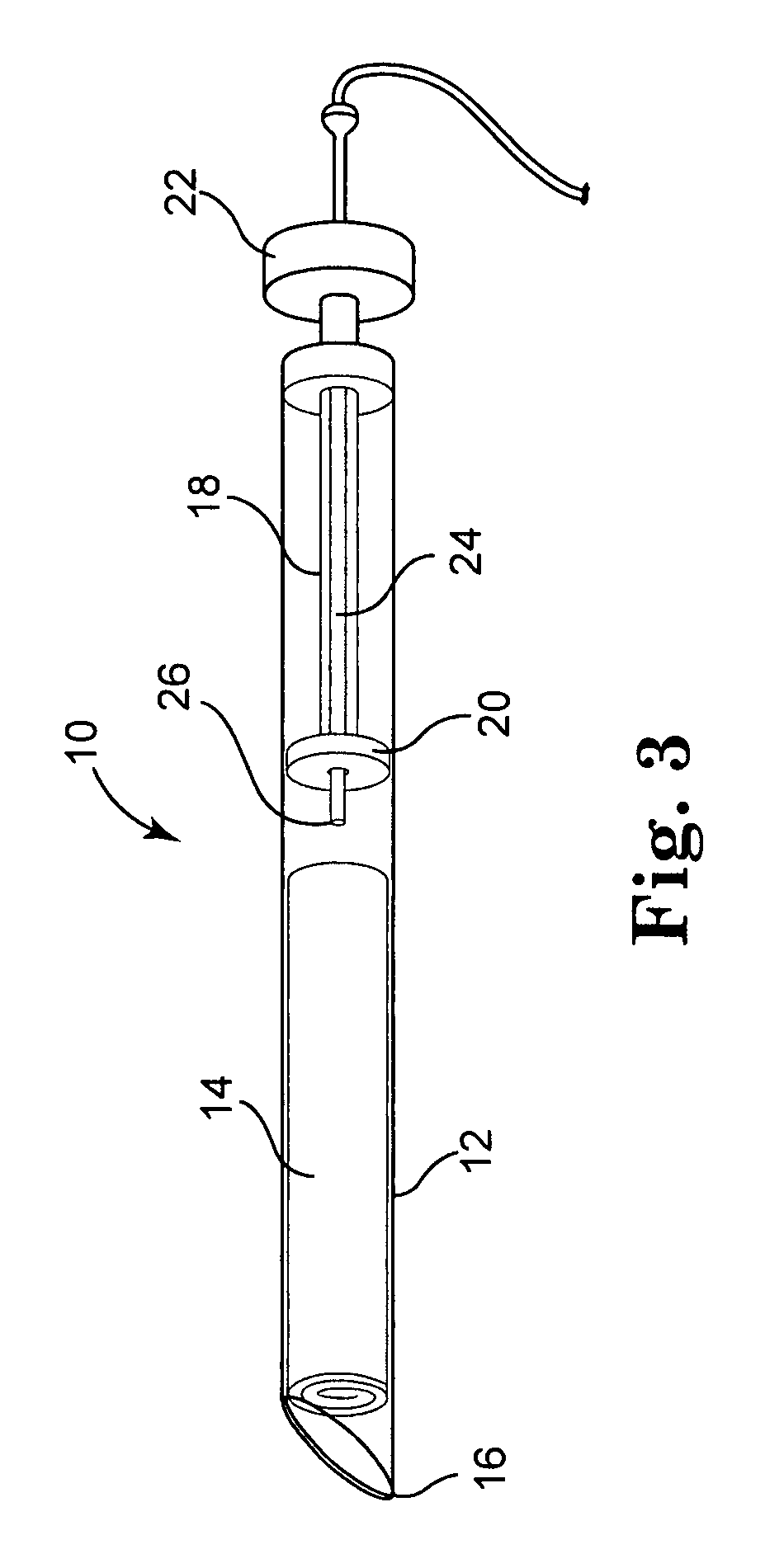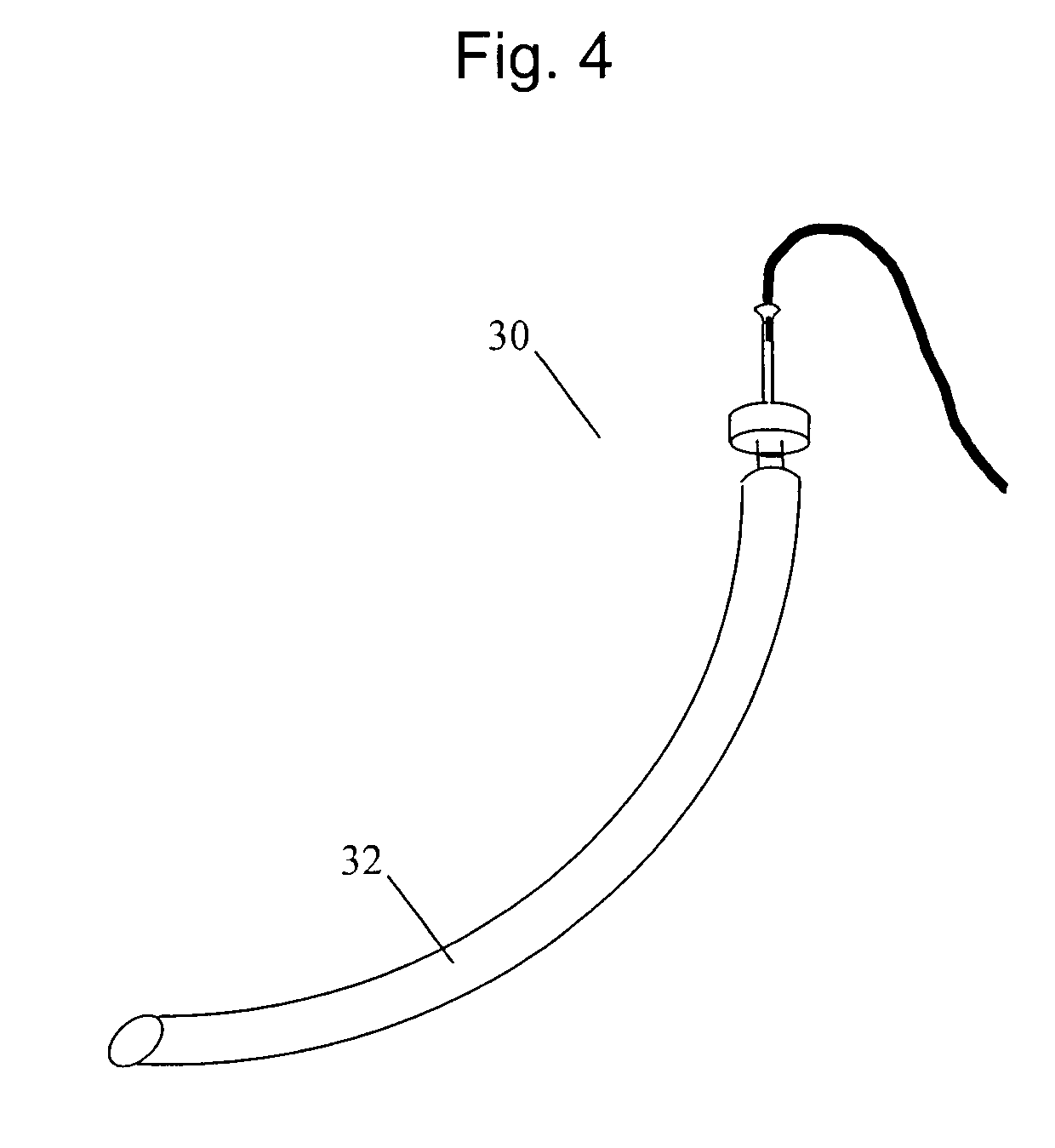Hydrogel-based joint repair system and method
a joint repair and hydrogel technology, applied in the field of joint repair systems and methods, can solve the problems of presenting an individual with physical limitations, unclear management, and difficulty in managing chronic back pain, so as to reduce the risk of infection and spine trauma, reduce the likelihood of complications, and reduce the recovery time of patients
- Summary
- Abstract
- Description
- Claims
- Application Information
AI Technical Summary
Benefits of technology
Problems solved by technology
Method used
Image
Examples
example 1
Synthesis of Acrylated Hyaluronic Acid (HA-Acrylate)
[0158]Two grams hyaluronic acid (Lifecore Biomedical, Chaska, Minn.) were dissolved in 100 ml of dry formamide. To this solution were added 1.0 g (9.9 mmol) of TEA and 4.0 g (31 mmol) of glycidyl acrylate. The reaction mixture was stirred at 37° C. for 72 hours. After exhaustive dialysis against deionized water using 12-14 k MWCO dialysis tubing, the product (2.89 grams) was isolated by lyophilization.
example 2
Preparation of Trimethylolpropane Ethoxylate (20 / 3 EO / OH) Triacrylate (PEG-Triacrylate)
[0159]The polyethyleneglycol-triol (PEG-triol; 100.0 g, 98.6 mmoles, Aldrich Chemical Company, Inc., Milwaukee, Wis.) was dissolved with stirring in toluene (200 mLs) and refluxed for one hour. The PEG-triol solution was allowed to cool to approximately 80° C. At this time 4-methoxyphenol (MEHQ; 50 mg, 0.403 mmoles, J. T. Baker, Phillipsburg, N.J.), acrylic acid (42.7 g, 0.592 moles, J. T. Baker, Phillipsburg, N.J.), and sulfuric acid (10 mLs, 0.188 moles, Aldrich Chemical Company, Inc., Milwaukee, Wis.) were added with stirring to the reaction solution. The reaction solution was heated to reflux. The reaction was allowed to progress until about 6.0 mLs of water was produced and collected via a Dean & Stark receiver for approximately one hour. The reaction mixture was allowed to cool to 50° C. and poured into a solution of sodium bicarbonate (270 g in 2.5 liters of deionized water) with stirring. ...
example 3
Formation of a HA-Acrylate / PEG-Triacrylate Hydrogel Using REDOX Chemistry
[0162]Two solutions were prepared. Solution #1 was prepared as follows: 100 mg of HA-acrylate as prepared in Example 1 was placed in an 8 mL vial. To the MD-acrylate was added 15 mg ferrous ascorbate (Sigma), 500 μL PEG-triacrylate (prepared as described in Example 2) and 500 μL deionized water. Solution #2 was prepared as follows: 100 mg of HA-acrylate (Example 1) was placed in a second 8 mL vial. To this HA-acrylate was added 80 μL hydrogen peroxide (Sigma), 500 μL PEG-triacrylate, and 500 uL 0.1 M acetate buffer (pH 5.5).
[0163]50 uL of Solution #1 was added to a glass slide. 50 μL of solution #2 was added to Solution #1 with slight mixing. After mixing for 2 seconds, the mixture polymerized and formed a semi-firm gel having elastomeric properties.
PUM
| Property | Measurement | Unit |
|---|---|---|
| molecular weight | aaaaa | aaaaa |
| molecular weight | aaaaa | aaaaa |
| compressive moduli | aaaaa | aaaaa |
Abstract
Description
Claims
Application Information
 Login to View More
Login to View More - R&D
- Intellectual Property
- Life Sciences
- Materials
- Tech Scout
- Unparalleled Data Quality
- Higher Quality Content
- 60% Fewer Hallucinations
Browse by: Latest US Patents, China's latest patents, Technical Efficacy Thesaurus, Application Domain, Technology Topic, Popular Technical Reports.
© 2025 PatSnap. All rights reserved.Legal|Privacy policy|Modern Slavery Act Transparency Statement|Sitemap|About US| Contact US: help@patsnap.com



